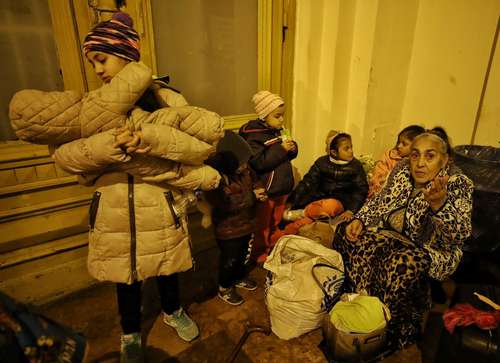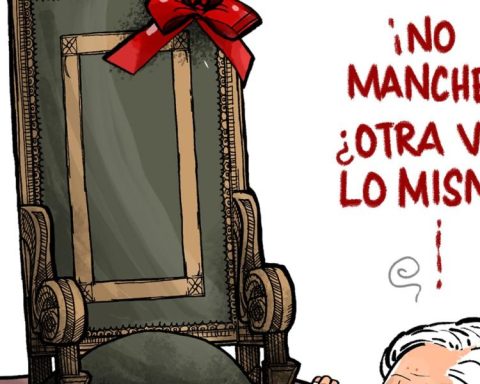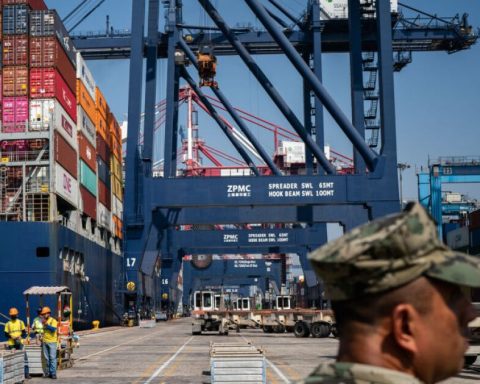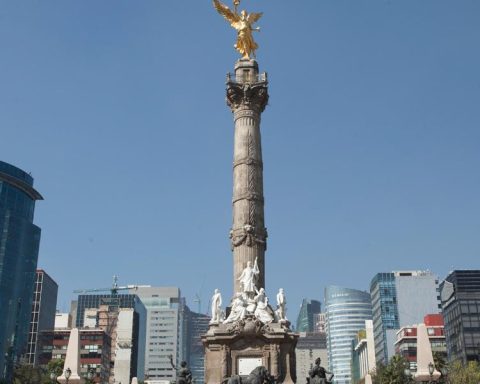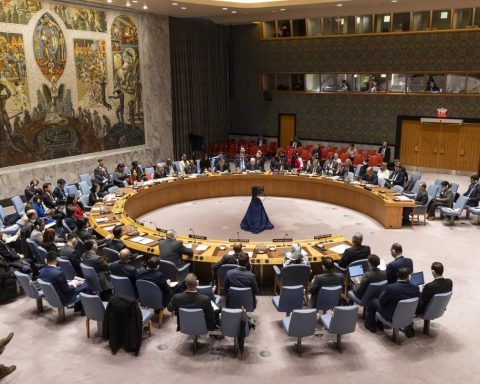▲ An Albanian family who fled from Ukraine did not receive the same attention as other refugees.Photo Marco Pelaez
Emir Olivares Alonso
Sent
Newspaper La Jornada
Saturday March 19, 2022, p. 5
Budapest. A modern Trojan horse brought down the walls that Hungary built not long ago to prevent the passage of refugees from wars in the Middle East. The exodus from the Ukraine moves west, managing to penetrate the previously reluctant Hungarian barriers.
The newly displaced have the attention of Europe. They receive the humanitarian support required in crisis situations of this magnitude. Hundreds of thousands fleeing war are greeted with warmth and empathy. It is not for less, they are far from home, from their roots and dreams. History documents that in similar situations the actions have been dissimilar.
In the midst of the humanitarian crisis in Eastern Europe, the United Nations High Commissioner for Refugees (UNHCR) pointed out that all displaced people, regardless of where they come from, deserve equal attention and support.
For us, every life is precious and everyone deserves peace
said Duniya Aslam Khan, press officer of that agency.
He noted that Ukraine represents the world’s fastest growing refugee crisis; Afghanistan, the longest (five decades with still 2.7 million displaced outside the country and 2.6 inside), and Yemen, one of the worst humanitarian crises.
At the Hungarian-Ukrainian border points, but above all at the Keleti train station in Budapest, the radical change of position in Hungary’s reception policy is staged. Descending from the railway in this capital, the Ukrainian refugees find the solidarity they have received from other nations during their journey.
When crossing the border – with Ukraine or through neighboring nations such as Moldova, Poland and Romania – and inside the building that houses the railway terminal, operations were arranged to attend to the displaced.
That solidarity was not characteristic in the face of similar crises at other times. Between 2015 and 2016, the media documented the position in this region of the world regarding the diaspora of Iraqis, Afghans and, above all, Syrians, for whom the borders were impenetrable despite the fact that – as the Ukrainians do today – they fled from war.
The Hungarian ultra-nationalist regime of Prime Minister Viktor Orbán – still in power – played the leading role in those years in containing thousands of people who crossed hundreds of kilometers by land and sea in the hope of reaching peace zones, in search of of a new opportunity.
Orbán built a fence in southern Hungary to stop the arrival of refugees from the Middle East and called Muslim migrants invading army
in addition to linking them to terrorism.
Tension peaked in September 2015. Hungarian police closed the train station and suspended travel to Germany and Austria, where the then-displaced were seeking to go, the same nations that those fleeing Ukraine want to reach.
The closure of the historic building designed in the late 19th century by Gyula Rochilitz and János Feketeházy caused hundreds of Syrians to camp outside in subhuman conditions. It was estimated that there were 2,000 daily admissions of displaced persons to Hungarian territory.
In that crisis, a scene went around the world: the Hungarian journalist Petra Lázló was captured when she kicked a migrant girl and tripped a man who was carrying his son while dozens tried to cross the Hungarian-Serbian border.
180 degree turn
Today, Hungarian civil society – which was mobilized in the 2015 crisis – turned once again to help the displaced with donations, welcoming them in their homes, schools and municipal centers. Volunteers distribute food, medicine and other supplies; others attend and play with the children and, those who speak Ukrainian or Russian, move strategically around the station to guide them on the train or bus routes to Germany or Austria -the most requested destinations-, accommodation options and the possibilities that open Hungary to provide temporary asylum.
The displaced who react with greater speed and skill are usually the first in the long queues that form around the ticket offices. Hundreds arrive in each convoy and it is estimated that the figure exceeds 3,000 arrivals per day.
Most want to follow the path. The urgency does not allow a pause. Accompanied by volunteers or police officers they glide through the chaos at the railway terminal. The demand is so high that they must wait hours, even a day or two to board.
At the station, official help differs. The color of the skin or the physique generates suspicion in the Hungarian police. About 20 people get off a train from Romania, many of them children. They don’t look like Ukrainians and that alerts the agents, who intercept them. As they did when crossing the border, once again this family must show their documents and prove that they lived in Ukraine and are fleeing the war.
At another extreme, an Albanian family seeks support by all means. Grandma sits in a corner, on the floor. With her, six children remain, her youngest in the arms of her older sister, no more than 10 years old. The father runs through the halls looking for guidance. In the look of the six little ones he notices bewilderment while his old woman cries. He signs – one arm behind the other in a firing position – tries to explain that they came out of the war.
In the face of the Ukrainian exodus, Hungary transmuted from a wall to a bridge. In 22 days of the Russian invasion of Ukraine, this nation has received and seen 291,230 displaced people transit through its territory.
